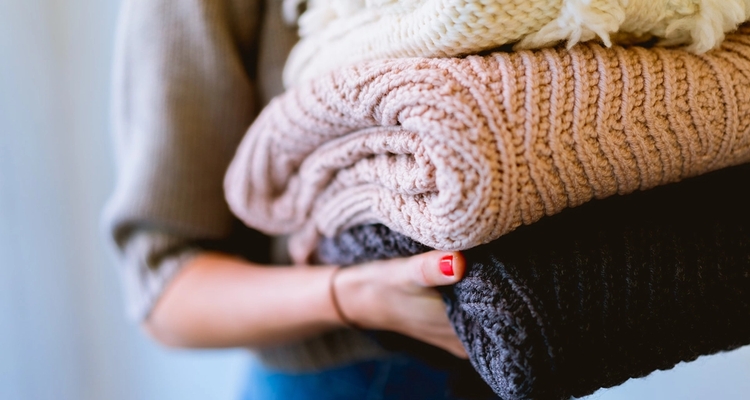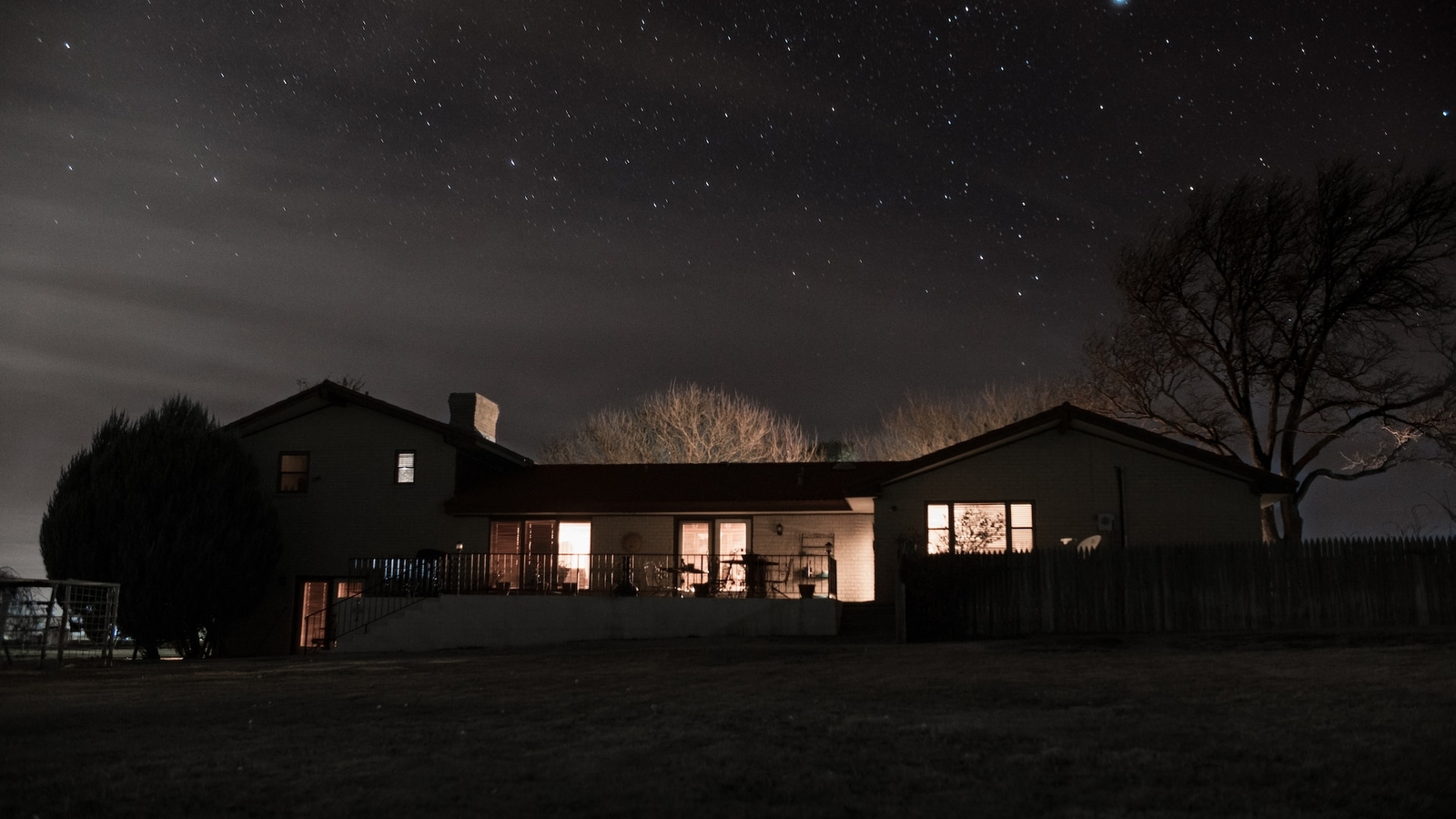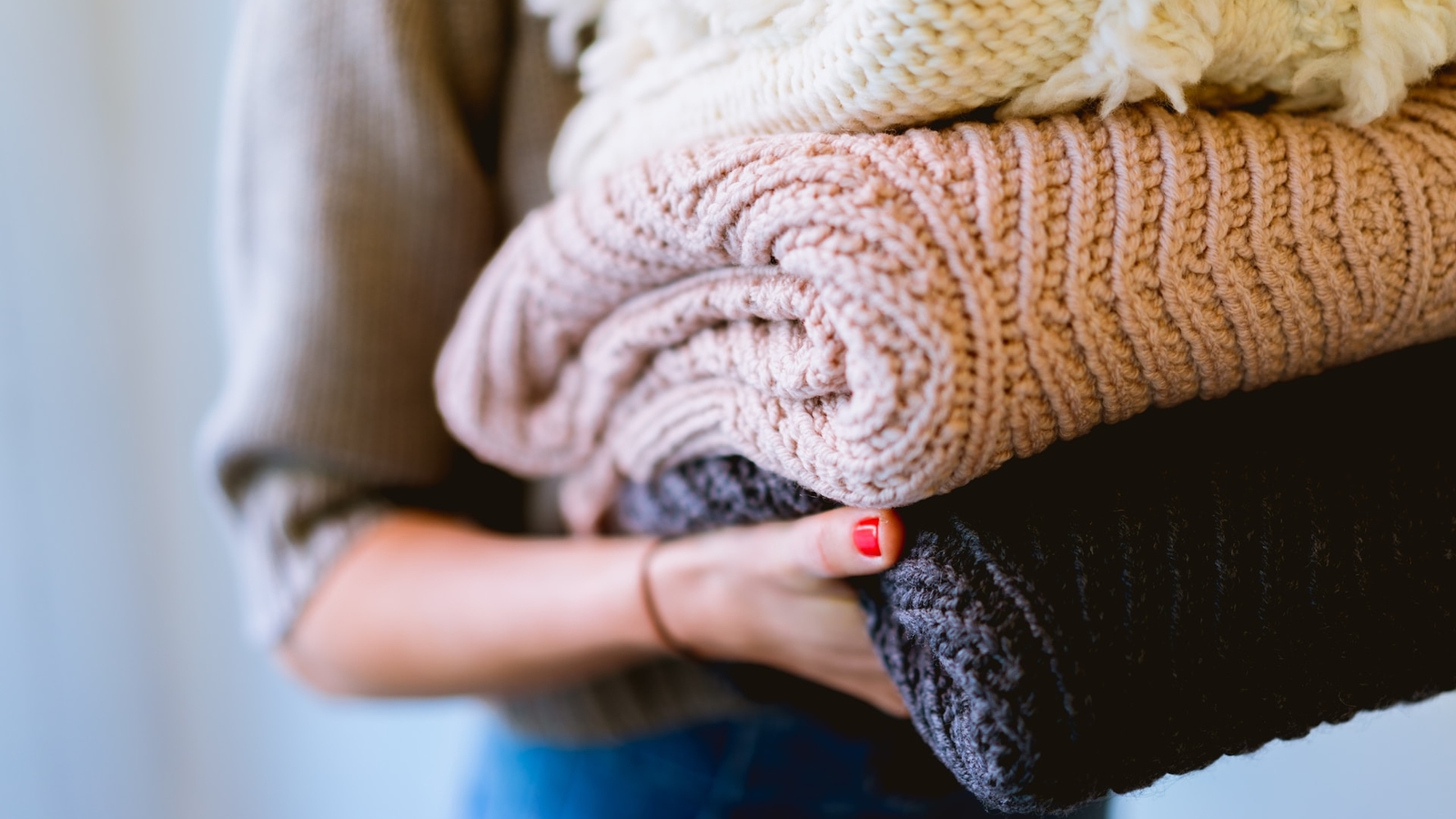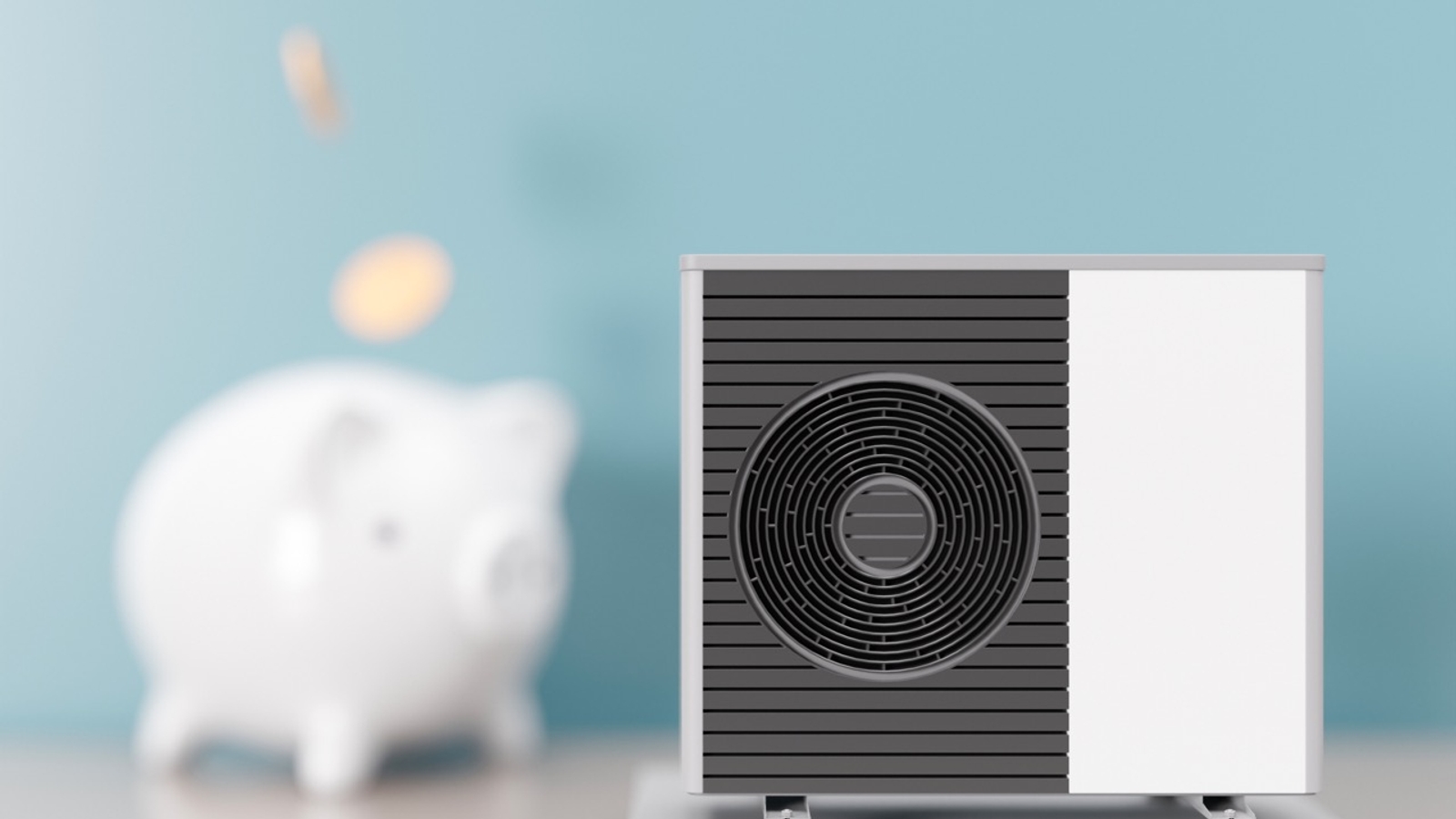
Keeping Warm and Considering the Environment this Winter
By Sarah Barnard
The winter months in the UK can sometimes feel a bit never ending. As the evenings draw in, and the days get shorter, temperatures are starting to dip into the single digits.
While it’s tempting to crank up the thermostat and get your radiators on, there are lots of other options you can take to stay toasty – and some food for thought about why you might want to rethink the radiator.

High Heating Prices
With energy prices not just going through the ceiling but through the roof, putting the heating on might set you back a small fortune.
But it may also be setting back the planet – homes in the UK used an astonishing 109 terawatt hours of electricity in 2021, which was nearly 40% of all energy used in the UK that year.
It’s not sustainable to keep using energy at this current level, especially if it’s not from renewable sources. And while there have been some promising noises from the nuclear fusion boffins in recent years, this kind of limitless sustainable energy remains decades away. So, it’s a bit of a conundrum. How do we stay warm and comfortable in the winter without spending a small fortune or seeing our carbon footprint swell to an unsustainable size?
Below, we’ll give some answers to the previous questions. Not all will work for you, but we’re confident there is always a way to stay comfortable while minimising your impact.

Switch To A Renewable Energy Provider
The most important thing you can do for the planet is to use a renewable energy provider like Octopus Energy.
Renewable energy is generated by wind, solar and hydro. These don’t use up finite resources like oil and gas, and use much less intense methods of extraction which leads to a huge overall reduction in greenhouse gas emissions.
It’s super quick and simple to switch, and renewable energy providers often have the lowest-cost tariffs. Visit the Money Saving Expert website to learn more about the options.

The Importance Of Insulation
Making sure your home is well insulated is a great way to reduce how much energy you use. Modern homes and building regulations advise a U-value of 0.55 W/m²·K to be used for cavity insulation, and 0.30 W/m²·K for internal or external wall insulation. However, older properties may not benefit from this higher level of insulation. That means more heat escapes and more energy is required to keep your home at a reasonable temperature.
Depending on your home, it may be possible to retrofit insulation, usually in one of the following forms:
- Batts, blankets and rolls
- Loose fill
- Structural Insulated Panels (SIPs)
- Liquid foam
- Foam board or rigid foam
This can be applied to cavities and roof spaces or added externally and rendered. The initial cost of retrofitting this insulation is usually recoverable after a few years of reduced energy bills.
It’s worth also addressing any draughty doors or windows, using curtains and other barriers to prevent heat loss from weak spots, or even make the switch to modern double or triple glazing if not already installed. New variants of heat-reflective glass are also available.

Heat Yourself, Not Your Home
It may sound simple, but staying warm doesn’t necessarily mean you have to make big changes to your whole house.
Of course, as well as insulating your building, you can also insulate yourself by simply adding another jumper, a pair of long-johns or tights, and another pair of socks. And don’t forget a pair of decent warm slippers will take you far!
Raising your body temperature is often just as effective as raising the ambient temperature, and can be much quicker. Get yourself a hot water bottle or microwavable heat pad – especially useful for home working where your hands and feet can get a bit chilly due to you not moving about so much.

More Eco-Friendly Ways Of Heating
Most homes in the UK use gas central heating. Around three-quarters of homes in the UK say it is their only heating source. However, modern heating alternatives are much more energy efficient than gas.
These include air and ground source heat pumps, underfloor heating, solar energy, or pellet burners. These are more efficient and use renewable sources such as the sun, residual heat or biomass.
While wood-burning stoves might seem a great, rustic option – especially since wood is a renewable fuel source – stoves release a huge amount of dirty particulates into the air and can also pose a risk to air quality both inside and outside of the home (although they do have the benefit of looking lovely).

Heating Smarter
As well as heating more efficiently, it’s worth thinking about heating more effectively too. That means you don’t just turn on the central heating when the weather is cold and turn it off again when it’s warm enough. Instead you think about which spaces you need to heat and at what times of the day.
A programmable thermostat will let you decide when the heating goes on or off, with some even giving you control over certain areas of the house. For example, there is little point in heating the bedrooms during the day when everyone is in living spaces or out of the house at work.
Trying to heat smaller and more confined areas of the house, and maintain most activity in these spaces during waking hours, will help to significantly reduce your bills. Heating in the bedrooms can then be limited to short periods first thing in the morning or just before bed.
Ideally, you should never be cold in bed and need the heating on, and if you are, it might be time to invest in a new thicker tog winter duvet. A 2.5 to 7 tog duvet should be suitable for spring and summer, with between 10.5 and 13.5 ideal for winter temperatures. A good, old-fashioned hot water bottle can also help keep your bed warm on cold nights, or you could invest in a heated blanket.

Staying Warm On The Go
Of course, it’s not just in the home that you need to stay warm. Keeping your body temperature and extremities warm during your time out of the house, especially on really cold days, can help to reduce the need for warmer temperatures inside.
Make sure you wear enough layers of suitable clothing, such as hats, scarves and thick socks to keep yourself warm. Avoid using disposable heat packs, as these are not generally very eco-friendly. But do invest in a quality reusable cup to enjoy a warm drink whilst you’re out and about in the cold.
Wrapping Up (Warm)
The UK winter can be unforgiving. And obviously, consideration needs to be given to those at an increased risk of cold temperatures, such as elderly or more vulnerable people. But in general, it should be possible to make a few small investments and lifestyle changes to stay warm without facing big heating bills or increasing your carbon footprint.
Environmentally friendly heating is the future, as we transition from carbon-based energy sources, so why wait to make the changes when you could start doing it now?



